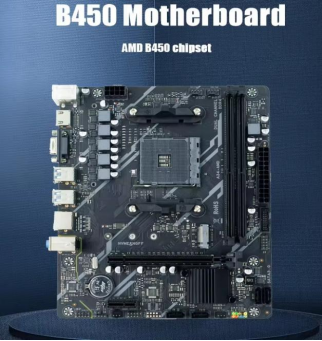The history of motherboards is a showcases the evolution of computer hardware over the years. It all began in 1981 when IBM introduced the first motherboard, known as the “planar,” which housed a CPU and RAM. This early motherboard featured wired chips and ports for a keyboard, mouse, and cassette tapes.
The concept of the motherboard evolved from a device called a backplane, which lacked processing or storage elements. The backplane served as a PCB (printed circuit board) for connecting various components. However, the motherboard took this concept further by integrating essential components and providing support for peripherals.
Throughout the 1980s and 1990s, motherboards underwent significant advancements. Initially, they only included a CPU and card slots, with users having to insert additional components like memory and expansion cards. But as technology progressed, more secondary functions were integrated onto the motherboard, making it more economical and convenient for users.
In the late 1980s, Super I/O chips started appearing on motherboards, providing additional functionality. These chips acted as miniature powerhouses, enhancing the capabilities of the motherboard. As the 21st century began, motherboards commonly supported video, audio, networking, and storage functions without the need for additional expansion cards.
AngXun Technology Co.,Ltd have been manufacturer in motherboard manufacture for more than 20years, Angthumb is the brand that have registered for more than 10 years

Contact: Tom
Phone: 86 18933248858
E-mail: tom@angxunmb.com
Whatsapp:86 18933248858
Add: Floor 301 401 501, Building 3, Huaguan Industrial Park,No.63, Zhangqi Road, Guixiang Community, Guanlan Street,Longhua District,Shenzhen,Guangdong,China
We chat
